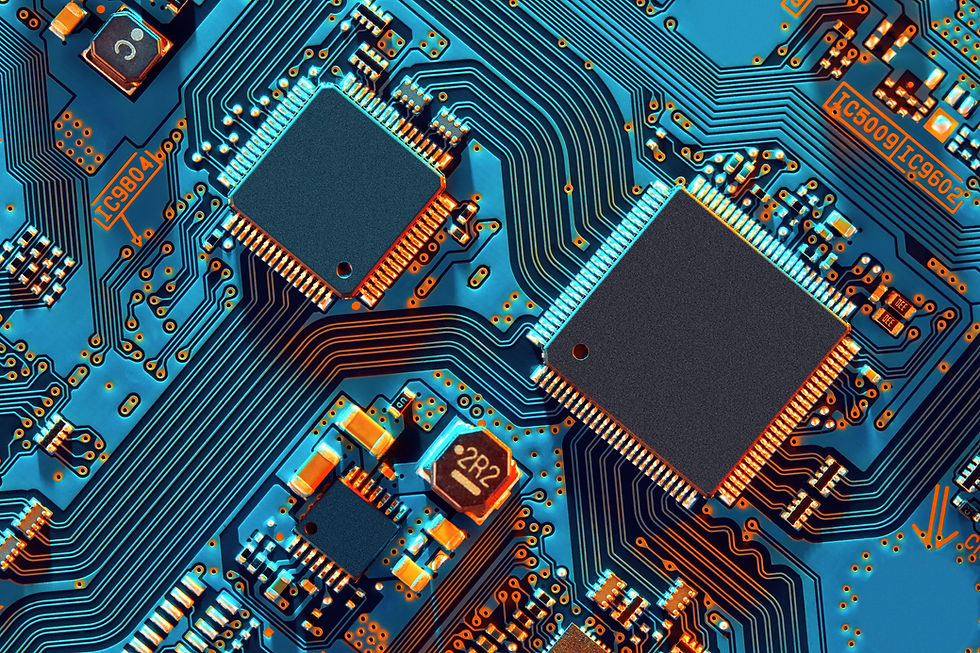What do you have to know about Neuroplasticity? (Part 2)
- Nawaf Matar
- Sep 24, 2022
- 1 min read
Neuroplasticity and Mental Health Conditions:
When someone has lived with a mental health condition for a long time such as chronic anxiety disorder, he assumes he will keep up suffering from the anxiety endlessly. That's because the neural circuits, which are associated with anxiety can be "rebuilt" and "fixed" by evidence-based therapies such as Cognitive Behavioural Therapy (CBT), which is based on the correction of cognitive distortions and other unhealthy thought patterns.
Moreover, psychoactive medications play an important role in neural building and rebuilding.
Physical exercise and its effects on Neuroplasticity:
1- Exercise during pregnancy: Exercise may stimulate Neurogenesis after birth, which may lead to cognitive improvement in the child in future and may prevent some neurological diseases (theory).
2- After birth life stages (childhood, adolescence, adulthood and aging) :
An increase in several neurotransmitters' levels, motivates the growth of blood vessels, may motivate the growth of the neurons, and enlarge the Hippocampus. All that can result in improving life and decreasing stress and depression.
That happens because exercise is thought to boost the BDNF (Brain-Derived Neurotrophic Factor) in the brain.
Some nutrients that influence the brain's function:
Walnuts
Whole Grains
Eggs
Fatty Fish
Peanut Butter
Berries
Dark Chocolate
Nuts and Seeds
Beets
Green Tea
Sources:






Comments